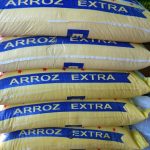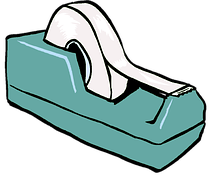Packaging is vital for any kind of product in the world. There are diverse kinds of packaging and flexible is one kind.
Flexible packaging can be defined as a package or container which is made of flexible or materials when filled and closed can be quickly changed in shape. It is usually used for bags, pouches or wraps. The flexible packaging materials are again of different types and they’re as follows:
- Vacuum Pouches:
Vacuum Pouches or packing is a technique of packaging for removing air from the package before packing it permanently. It is done either manually or automatically and sometimes even shrink-wrap is used for fitting the contents tightly. The main agenda of doing this kind of packing is for extending the shelf life of food items and it even avoids the growth of bacteria and fungi.
Some of the other uses of vacuum pouches are it can be use to reseal wine, oil or vinegar. It can be used for avoiding corrosion of silver materials and retain its shine. It can be even used for resealing cracker bags, chip bags and Mylar bags.
Some of its advantages are: it is a reasonable packaging option, is perfect for freezer storage and requires less be chemical preserves.
- Big Bag Liner
Big bag liners also called super back or flexible intermediate bulk container (in short FIBC) is usually made of woven polypropylene or polyethylene which can be either coated or uncoated.
It can be used for storage and transportation of dry, flow able products like sand, fertilizer, and granules of plastic, pharmaceutical drugs, fiber glass, grains, pigment, starch, etc.
There are numerous advantages of using this big bag liner. Some of them include: It prevents contamination, helps in separating material, reused, recycled, etc.
- Inner Bulk Liners
Inner bulk liners are tightly sealed giving it a stronger barrier against outside contaminants, moisture and a few pests. They’ve strong nature which makes it very dependable for preserving freshness and good taste of the products for a longer time.
They offer uniformity for secure stacking and protection of the packaged products from dangerous conditions like the conditions of the atmosphere and dust from entering into the product.
- Lamination Films
Lamination films use a combination of warmth and force to lamination board and the film used in the process is pre-coated on the base by extrusion outside layer. There are different lamination processes completely based up on the kinds of materials to be laminated.
The films are categorized into 5 namely: heat set laminating films, low-temperature thermal laminating films, standard thermal laminating films, liquid laminate, pressure-sensitive films, etc. Polyester, Polypropylene and Nylon Films are utilized in the film lamination process.





